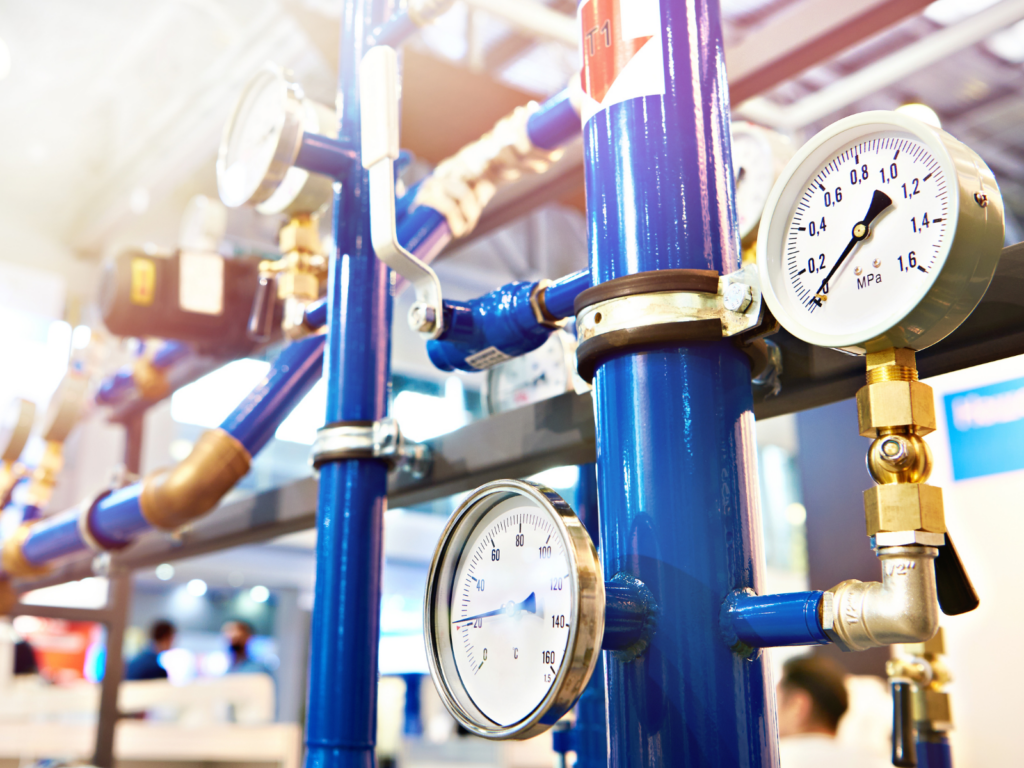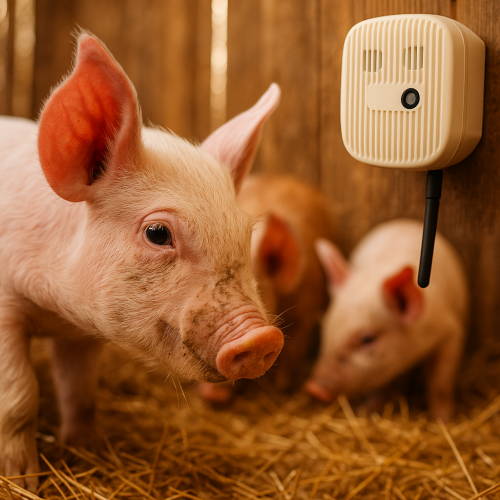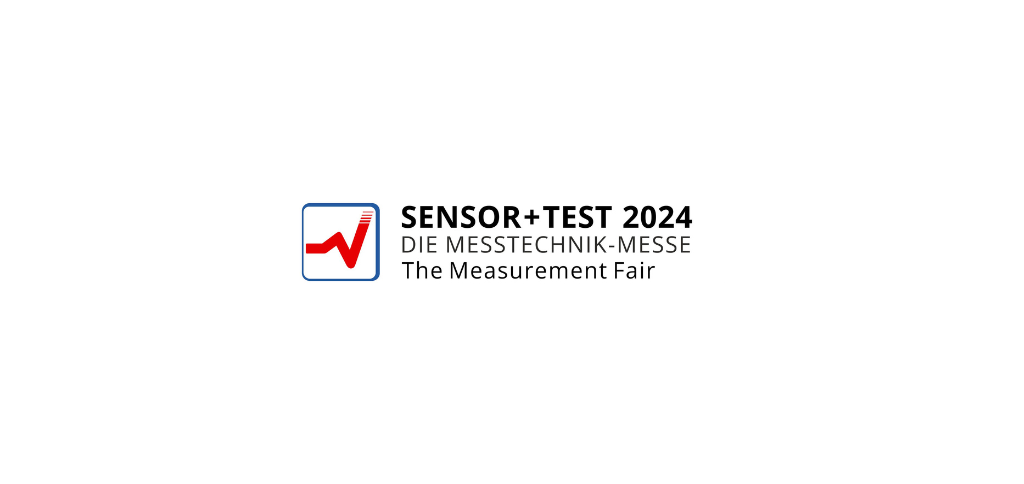Regardless of the technology employed, all gas sensors require precise calibration to ensure accurate concentration measurements. Calibration is crucial as it compensates for the drift effects caused by factors such as temperature, humidity, sensor aging, and the inherent characteristics of the sensor technology itself. Without effective calibration, the reliability of gas concentration measurements may be compromised, leading to potential inaccuracies and false readings.
In this article, we will explain the concept of baseline or zero-calibration and how VOCSens can enhance your customers’ experience with its self-calibration capabilities.
What is baseline calibration?
The role of baseline calibration is to compensate for the drift effects linked to temperature, humidity, aging, and the inherent properties of the technologies used.
Baseline calibration involves the following steps:
- Establishing an acquisition chain to collect and store raw sensor data (gas levels, temperature and humidity)
- Placing the sensors in an environment with variable temperature and humidity to collect measurements
- Configuring a calibration solution, verifying its correct application, and recording calibration data
- Calculating concentration values based on the calibration data
Each of these steps necessitates investment and allocation of resources (knowledge, equipment, people…).
How is baseline calibration performed?
Typically, baseline calibration is carried out in two steps:
- Fresh air curve determination
- Calibration and target gas concentration calculation
1. Fresh air curve determination
The first step is to determine the fresh air curve, which is often highly temperature-dependent, but may also depend on humidity and/or lifetime, as well as on a known background gas level.
In sensors, the fresh air curve represents the baseline signal (resistivity, current, etc.), when the sensor is exposed to the ambient air without any interactions with the gases it is meant to detect.
2. Calibration and target gas concentration calculation
The second step involves identifying the function that calculates the target gas concentration based on the baseline signal and the measured signal of the actual concentration of the target gas.
Self-calibration technology
VOCSens provides a self-calibration solution that can be deployed in cloud or on-premise server, towards maintenance-less applications. The solution consists of a REST API provided as a Docker for easy deployment.
The API can be used for the following purposes:
- Storing data sent by HTTP requests
- Performing calibration
- Obtaining concentration data once calibration is completed.
The VOCSens API can also serve as a relay to your own servers. In this case, you can program an HTTP request containing a configurable JSON to be sent each time a new sample is received.
For demo purposes, the API also features a graphical interface for visualizing calibrated concentration data and providing convenient access to the concentration insights.
If you would like to learn more, please use our contact form to schedule a demo.






